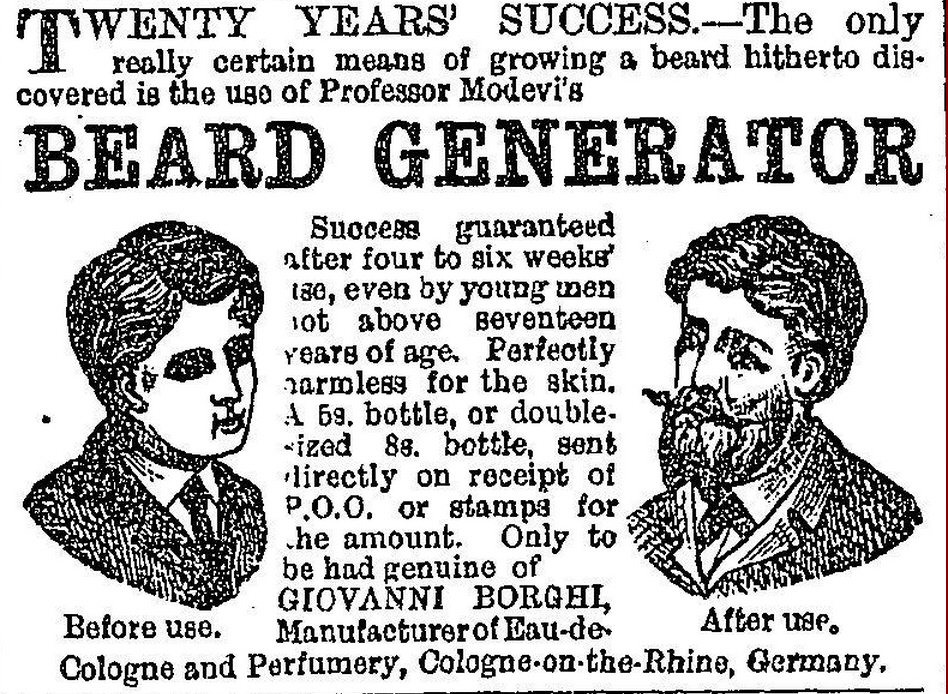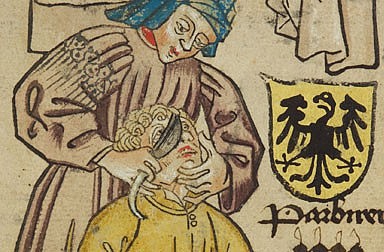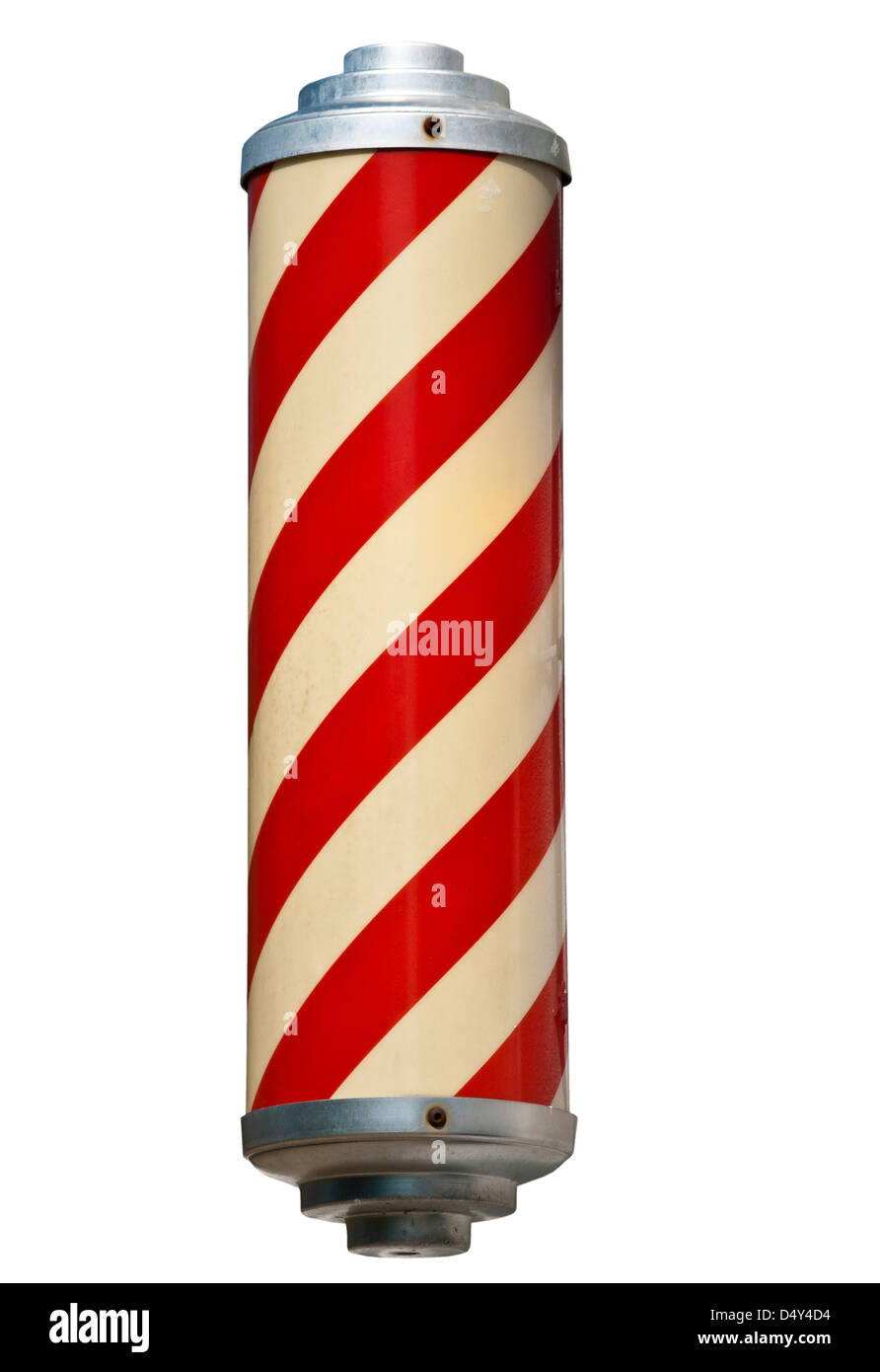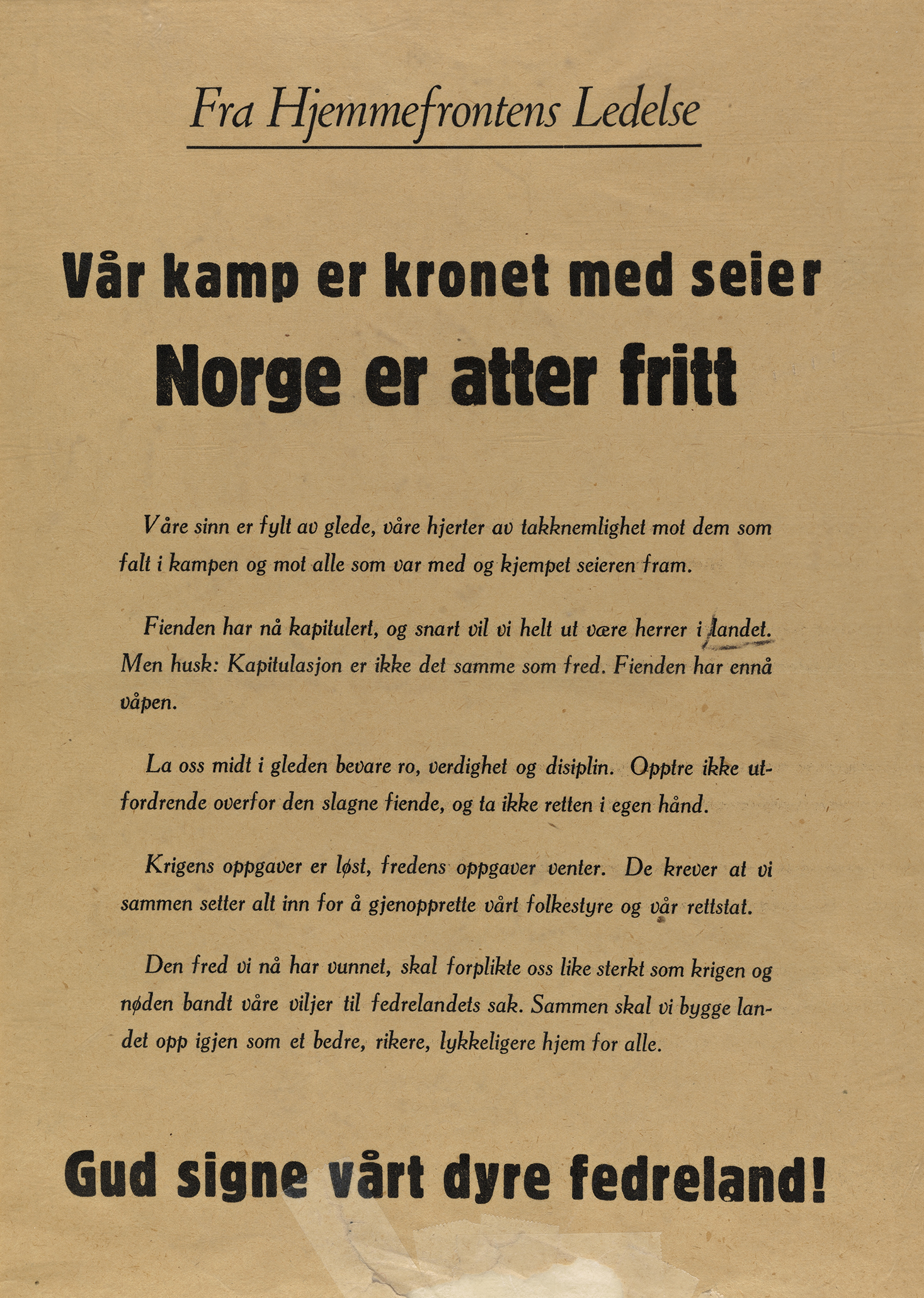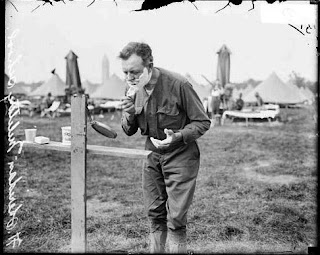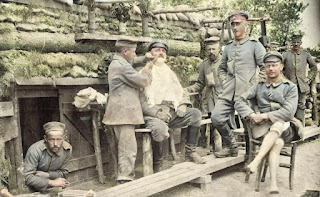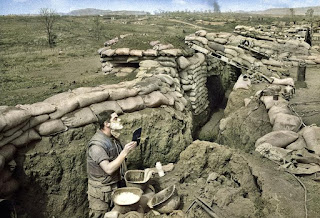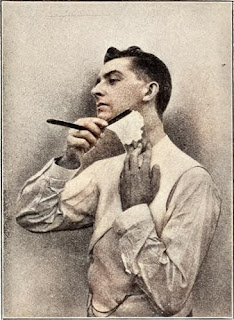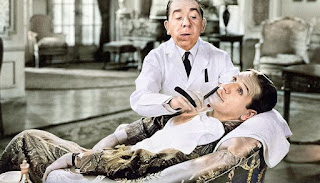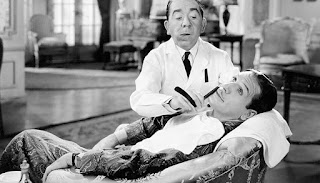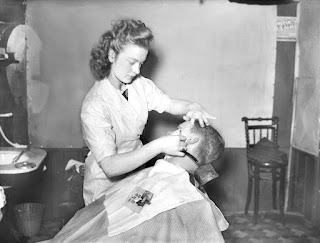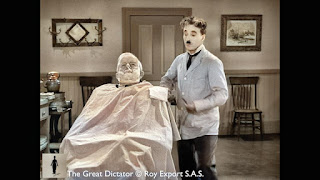Off course, this meant that if you couldn’t grow a proper beard, you looked for solutions both to improve your masculinity and your health. Enter from the left; the quacks!
Patent medicine was big in the late 1800’s… some harmless, some deadly, all useless for what they were supposed to cure.
The beard crazy died for good during the Great War; given a choice between a smooth shave and a horrendous death, it was no real choice.
Category Archives: History
A 1908 machine for sharpening razor-blades
Want to eek out a little more life from your double edged blade? Recoup a little bit more on the investment as it were? To us today that don’t make much sense, since we’re just paying pennies per blade, but back in the day blades were more costly; about equivalent to the cost of a razor cartridge today per blade!
Much like you today can find sharpeners for cartridge razor, there was a market for DE-sharpeners back in the day. One of the earliest that I found a patent for was granted in March 1911, and was submitted by Eleazer I Rains. As far as I can tell it is Mr Rains’ only shaving related patent.
The machine he patented is simple enough in principle, but the actual execution might leave a little something to desire… it’s not a handle little device you can keep in a drawer, it’s a fairly big lump of machinery you bolt to your bathroom counter.
The device consists of two geared sharpening rollers (which could be made adjustable) against which a blade could be pressed by a spring… and that is about it when you come down to it. This is a principle which several other sharpeners adopted later, in various forms.
In Mr Rains’ own words, the machine is
comprising a sharpening roll, `means to rotate the same, a spring pressed blade support adapted to press the blade yieldingly toward the roll, and movable “bodily toward and from the roll, and guides in which said support is loosely guided
I don’t know if this sharpener was ever built, manufactured or sold, but as far as I can tell from the drawings it should work as intended. The major failing I can see with the design of it is the sheer bulk and the need to bolt it to a countertop.
Happy 17th!
I don’t care where you are; today is Norway’s Constitution Day – so happy 17th everyone! I hope you enjoy the day regardless of who and where you are!
A bit of history; the barber-surgeon
You need a shave? A haircut? How about a tooth pulled, a bone set, or a lit of blood-letting to restore the balance of your humours? An quick amputation or trepanning?
In medieval times your local barber-surgeon was your one-stop-shop for all those things, and more. A doctor wouldn’t sully his hands with blood or gore (and certainly not with poor people), so a person who knew how to use a sharp blade was a handy person to know.
While doctors went to universities for their theoretical education, the aspiring barber-surgeon was apprenticed to an experienced practitioner for hands on training – dealing with both lather and blood.
As medical science slowly improved, surgeons gradually became more specialised and the two trades parted ways… until we today only have one remaining reminder of the barber surgeon: the traditional red and white barbers pole.
Is the thrill of wetshaving gone?
There is an ongoing, though provoking thread over at my favourite shave forum discussing if the thrill of wetshaving is gone… to quote Phil (thread-starter and owner of BullGoose Shaving):
Nobody gets excited about anything anymore. After several years of in your face hucksters churning out new products at a dizzying pace, wet shavers as a whole (which is still a fairly small market) have simply grown numb to it. There is no longer great anticipation for a product release and nothing seems to move the needle anymore.
Mad patent; Combination razor and shaving brush
Very often a patent description starts out with a claim stating something along the line of “…have invented a new and improved…” or “…certain improvements to…”. The patent we’re looking at today on the other hand do NOT start with such a claim, and it is quite telling.
Instead George R Harvey – when he filed his claim in April of 1932 – simply starts with a very short description of what it’s all about: “Combination razor and shaving brush in advance of the razor.”
Wait.. what? In advance of? What do that even?
Well… the logic isn’t too far of the so called “lube strips” on certain modern cartridge razors, even if Mr Harvey’s design probably did more for lubrication and skincare.
The key to the invention, as far as I can tell, is that the single edge razor have a hollow handle you can fill with shaving cream. The bottom of the handle is a plunger, much like a syringe, which forces the cream out through a nozzle onto which there is mounted a short brush. The drawing makes it easy to understand:
How would this rather clumsy looking device be to use? In Mr Harvey’s own words:
In the operation of the device the compartment 3 being charged with a soap or other emollient, the brush 9 is first dampened and the plunger 14 is then rotated so as to-cause the desired amount of the material to be discharged through the slots 13 onto the tufts of the brush. The instrument is then drawn over the face of the user so as to cause the brush to travel in advance of the cutting edge of the blade, the brush applying the material to the face and the razor then performing its function in a manner which will be readily understood.
I strongly suspect that Mr Harvey had a mustache… there is no way this contraption would both lather and shave the upper lip without both cutting your nose while lathering and getting a taste of shaving cream while shaving.
Seventy four years ago today…
From the Home Front LeadershipOur fight is crowned with victoryNorway is again freeOur minds are filled with joy, our hearts of gratitude toward those who fell in battle and towards all who were struggling to win the victory.The enemy has now surrendered, and soon we will again fully be in control of our country. But remember: Capitulation is not the same as peace. The enemy still has weapons.Let us in the midst of celebration preserve peace, dignity and discipline. Do not provoke the beaten enemy, and do not take the law into your own hands.The duties of war are completed, the duties of peace await. They demand that we put everything in place to restore our democracy and rule of law.The peace we have now won shall commit us as strongly as the war and the necessity tied our will to the fatherland’s cause. Together we will rebuild the country as a better, happier home for everyone.God bless our precious fatherland!
May 8th. Victory Europe Day, and the Norwegian Liberation day… when five years of occupation (more or less, depending on where in Norway you were) ended.
Some titbits from the liberation:
- On May 8th, Norwegian Resistance units quickly and peacefully took control of administrative centres, radio stations and transport hubs.
- The German forces were – with a few exception – were happy to give up, and were put in “house arrest” until POW-camps could be organised.
- On May 9th and 10th Norwegian “police troops”* trained in Sweden arrived in selected Norwegain cities to assist taking control over the large mass of German prisoners.
- The first allied forces started arriving by air on the 10th as well, including a fair number of intelligence specialists to take control of any advanced German military equipment.
- On May 14th enough of the government in exile had returned for the resistance to officially hand over the governing of the country back to the elected officials.
- On June 7th King Haakon VII returned to Norway, five years to the day after he went into exile rather than surrender.
*) To avoid breaking Swedish neutrality, the Swedes could not train Norwegian military personnel… however, they could train a “police reserve” to help preserve peace in Norway – and since there were “foreign elements” in Norway that might “resist the police”, such a police force must be trained and equipped with the necessary equipment; i.e.: infantry small arms, anti-tank artillery, anti-aircraft artillery, mines, radios, etc… Had the war continued, there would even have been a unit of “police paratroopers” fully trained.
Eclipse Red Ring advertisement

A 1957 Gillette Toggle advertisement
Black and white shaving in colour?
There is a lot of old black and white photos of people shaving out there, photos that give us some idea of what shaving was like back then but which could tell us so much more more if they were in colour.
Enter colourise.sg – a deep learning colouriser prototype for old photos. Old Singaporean photos specifically, which may explain some of the odd colour choices…
I don’t believe the american dough-boys of the Great War wore blue uniforms, but overall not a bad effort.
German uniforms during the Great War were – at least when issued – feldgrau; a light grey-green, though there were variations of the shade ranging from greys to browns. Even with the blue-tinted uniforms and green sandbags, the recoloured image have a lot more life to it.
In this image from the Vietnam War, there is still a blue tint to the flak vest, although the rest of the fatigues are much closer to real life. The sandbags are a natural brown, and the lather looks white and inviting.
Or how about a nice straight razor shave, taken from the book Shaving Made Easy? There isn’t much for the software to take clues from in this image, but it still do a pretty good job making the shave looks like a faded colour photo.
Now this is the way to have your daily shaves… the colouriser have made a good one of this one, probably due to all the available clues in the photo.
How about an old fashioned barbershop? A few artefacts from the software, but the shave looks so much more inviting in colours.
Wrapping up with a still frame from The Great Dictator, one of Charlie Chaplin’s bests films. The shave scene was filmed in one go, and is well worth finding and watching.
While not perfect, I enjoyed coming a little closer to what shaves looked like back then… check it out for yourself if you got a favourite image you want to see re-colourised.

